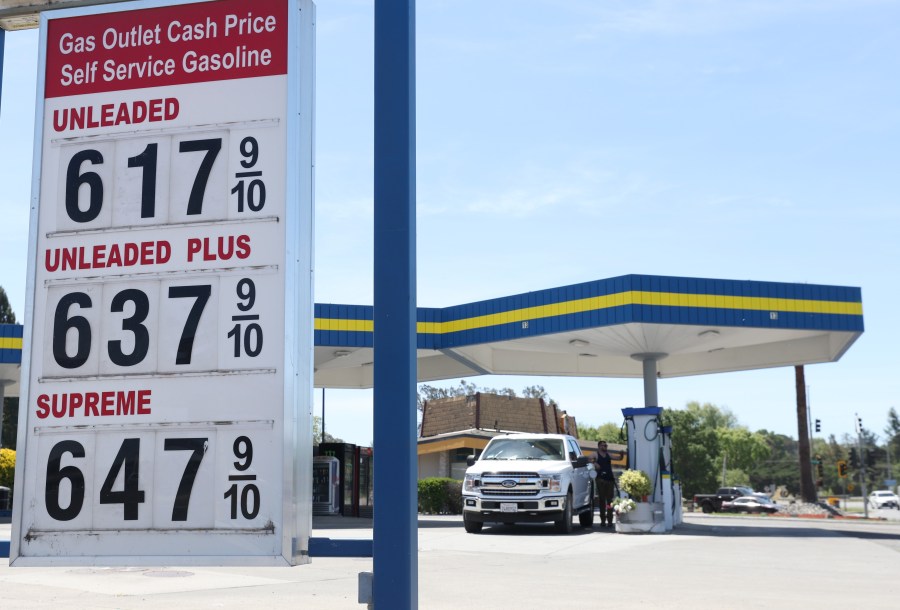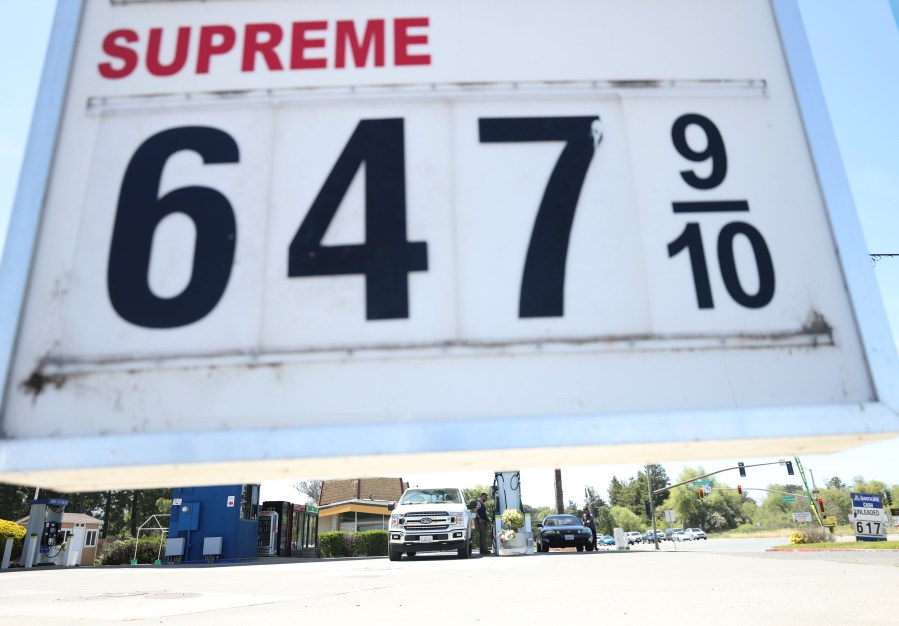Gas prices up, long drought in California: expert weighs in
(NewsNation) — Gas prices in the U.S. are at an all-time high with the national average for a gallon of unleaded at $4.59. For the first time ever, the average for a gallon of gasoline has topped $4 in every state.
For a while, California has seen gas prices north of $6/gallon, and even as high as $7.29/gallon at some stations in Beverly Hills.
With the continued rise in inflation on gasoline prices, NewsNation viewer Gary Archibald from California had questions for expert Jay Lund, a professor of civil and environmental engineering at UC Davis in Northern California.
Q: In spite of our California gas taxes, why is California gas so expensive, more expensive than anywhere else in the United States?
Lund said the gas prices in California are always higher due to its higher gas tax — which sits about 20-cents more than other states. California also has a special formulation of gasoline due to its air pollution issues.
“That means we’re always about a dollar a gallon more than the rest of the country … I just paid for gas the other day for a dollar less than what’s going on in Beverly Hills.” said Lund, who also lives in California.
There is still an abundance of gasoline in California, but one can’t water their lawns in several counties in the state. A historic drought still plagues the state, marking the driest year to date in 128 years.
Q: If they can build an oil pipeline across the United States, why can’t they build a water pipeline? So that California, Nevada, Arizona, New Mexico can get water from those states that have water?
“It’s possible, but it’s just very, very expensive.” Lund said, “Think about the price of gasoline. You’d have to have the price of water be about the same price in order to afford the construction of the pipeline. The problem is that if you were to build such a pipeline, the cost of the water to pay for that pipeline would have to be more than you’d be willing to pay.”
Lund believes that if consumers are willing to pay several dollars a gallon to irrigate their lawns, then there is a greater chance of those pipelines being built. However, Lund doesn’t expect that to happen.
Despite record rainfall in some part of California, the state is still in a drought. This leaves people with the question: What are ways that water management in California and across the nation could improve?
In the West, Lund said they are seeing “a ratification of the region.”
Higher temperatures with climate change are challenging precipitation — not allowing the water to make it into the reservoirs, but rather making it into groundwater.
“So, I think on the long run — because there’s going to be less water coming that’s available in the rivers or streams — we’re going to end up using less water … some of the means we’re going to have drier lawns in the drier years.”













